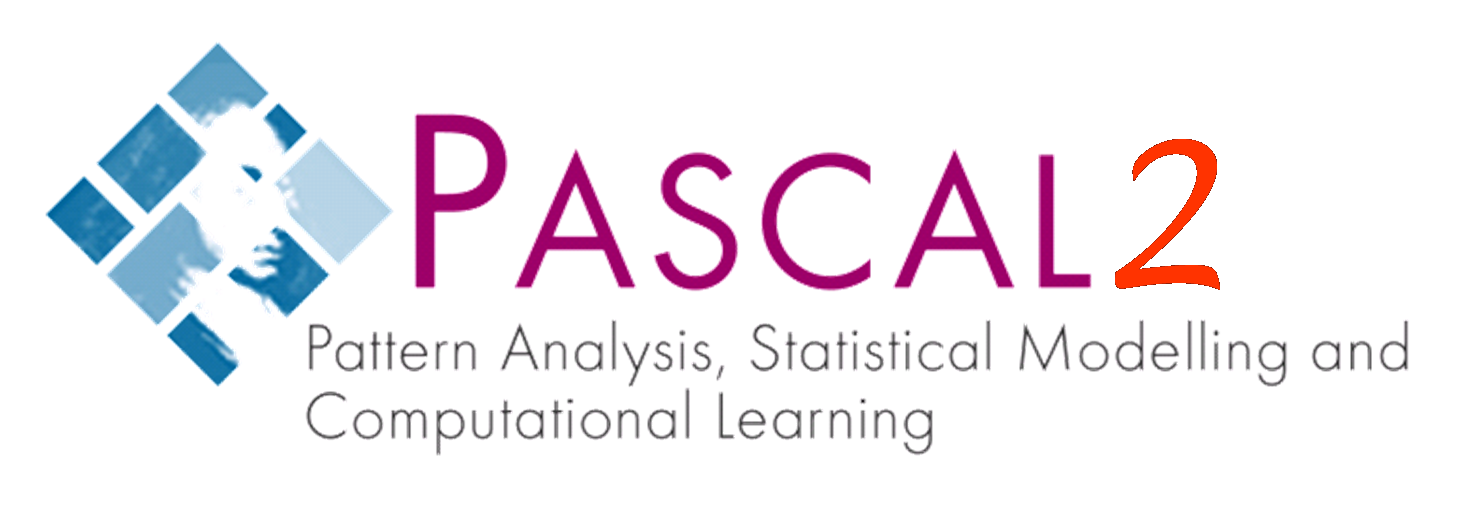 
WelcomeDiscovering Motifs and Signals: A Comprehensive Guide to Computational Analysis
Introduction Motifs and signals play a crucial role in computational analysis, aiding researchers in extracting meaningful patterns and insights from complex data. In this blog article, we will explore the significance of motifs and signals in computational analysis and provide a comprehensive guide for researchers in this field, with a particular focus on essay outline writing service at https://exclusive-paper.net/do-my-outline-for-me. Let's delve into the purpose and structure of this article to help you navigate through the exciting world of computational analysis. Understanding Motifs and Signals Motifs are recurring patterns that carry meaningful information within a dataset. These patterns can manifest in various forms, such as sequences, motifs, or structural arrangements. They serve as the fundamental building blocks for understanding complex systems and can provide crucial insights into underlying processes. By identifying motifs, researchers can uncover hidden relationships, functional elements, and important sequences within their data. Similarly, signals are variations or trends within a dataset that provide valuable insights. These signals can represent changes in amplitude, frequency, or other characteristics of the data. By analyzing signals, researchers can identify important events, trends, or anomalies that drive the behavior of the system under study. Signals can be temporal, spatial, or structural in nature, and their analysis is crucial for understanding patterns and making informed decisions. To illustrate the significance of motifs and signals, let's explore examples in different domains. In genomics, motifs can represent specific DNA or protein sequences that are critical for gene regulation or protein function. By identifying these motifs, researchers can gain insights into genetic mechanisms and develop targeted therapies. In finance, signals can indicate market trends, economic factors, or investment opportunities. Analyzing these signals allows traders and investors to make informed decisions and optimize their strategies. In social networks, motifs can reveal communication patterns, community structures, or information flow dynamics. Understanding these motifs can help improve network efficiency, analyze user behavior, and detect anomalies. Computational Techniques for Motif Discovery To uncover motifs effectively, researchers rely on computational algorithms specifically designed for motif discovery. These algorithms employ various techniques, including statistical methods, pattern matching, and machine learning approaches. They analyze large datasets, search for recurring patterns, and identify statistically significant motifs. Common approaches include motif finding algorithms that search for similar patterns within sequences, sequence alignment methods that compare and match sequences, and pattern matching techniques that identify recurring patterns in structured data. Researchers can leverage these computational tools to efficiently extract and analyze motifs in their datasets. Signal Analysis Methods Signal analysis techniques enable researchers to identify and analyze important trends and patterns within data. Time series analysis is a prominent field within signal analysis and focuses on analyzing data points collected at successive time intervals. Researchers employ methods such as Fourier transform, wavelet analysis, and autocorrelation to decompose signals into frequency components, identify patterns at different scales, and measure correlations over time. Additionally, feature extraction and selection techniques play a crucial role in identifying relevant signals and reducing data dimensionality. These methods help researchers uncover significant patterns and trends that may otherwise be hidden within complex datasets. Case Studies and Applications Real-world case studies demonstrate the practical applications of motif and signal analysis across different domains. In genomic analysis, researchers have utilized motif discovery techniques to identify transcription factor binding sites, uncover gene regulatory networks, and understand gene expression patterns. By identifying and analyzing motifs, researchers gain insights into genetic mechanisms and their implications for diseases and biological processes. In finance, signal analysis plays a crucial role in predicting market trends, identifying trading opportunities, and managing risks. Researchers have developed sophisticated algorithms and models to analyze signals such as price movements, trading volumes, and economic indicators. By understanding and interpreting these signals, traders and investors can make informed decisions and optimize their investment strategies. In social network analysis, researchers have employed motif and signal analysis techniques to uncover communication patterns, identify influential users, and understand information diffusion processes. By analyzing motifs and signals within social networks, researchers can gain insights into user behavior, network dynamics, and the spread of information or influence. Challenges and Future Directions While motif and signal analysis hold immense potential, there are challenges and limitations that researchers must navigate. One significant challenge is the complexity of data, which often contains noise, variability, and missing values. Additionally, the scalability and computational requirements of analyzing large datasets pose challenges for efficient motif and signal analysis. Furthermore, the interpretation and validation of discovered motifs and signals require domain expertise and careful evaluation. Despite these challenges, emerging trends and advancements offer exciting opportunities in computational analysis. Machine learning techniques, such as deep learning and reinforcement learning, can enhance motif and signal analysis by automatically extracting complex patterns and capturing intricate relationships within data. Integration of diverse data sources, including text, images, and sensor data, can provide a more comprehensive understanding of motifs and signals. Additionally, advancements in high-performance computing and distributed systems enable researchers to process and analyze massive datasets in a timely manner. Conclusion In conclusion, motifs and signals are indispensable tools in computational analysis, empowering researchers to uncover meaningful patterns and trends within complex datasets. Through a comprehensive understanding of these concepts, computational techniques, and real-world applications, researchers can make significant contributions in their respective fields. We encourage you to explore and utilize these techniques in your work, harnessing the power of motifs and signals to unlock new insights and discoveries. Remember, understanding and effectively utilizing motifs and signals requires continuous learning and exploration. Stay curious, embrace challenges, and let computational analysis guide you on a remarkable journey of discovery. |